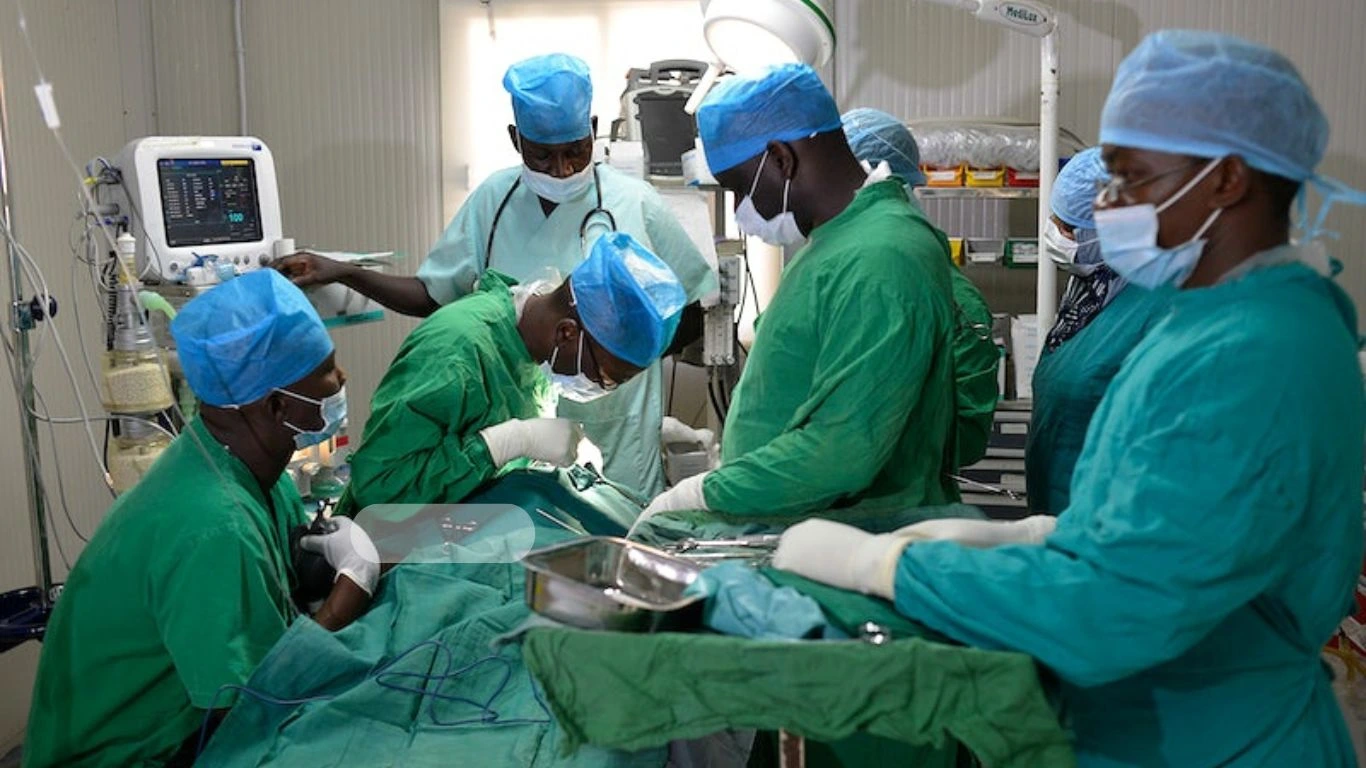Anesthesia is a medical treatment that prevents patients from experiencing pain during surgical procedures, some screening and diagnostic tests, the removal of tissue samples (e.g., skin biopsies), and dental treatments. It enables individuals to undergo surgeries that result in healthier and longer lives.

To induce anesthesia, physicians employ medications known as anaesthetics. Scientists have created a variety of anaesthetics with varying effects. Included in these medications are general, regional, and local anaesthetics. Local and regional anaesthetics just numb a portion of the body and allow patients to remain awake throughout the surgery, whereas general anaesthetics render patients comatose.
Doctors administer anaesthetics through injection, inhalation, topical lotion, spray, eye drops, or a skin patch, depending on the sort of pain treatment required.
What is the definition of general anesthesia?
Patients under general anesthesia are rendered unconscious and unable to move. Internal organ surgery and other invasive or time-consuming procedures, such as back surgery, require its use. Without general anesthesia, life-saving treatments such as open-heart surgery, brain surgery, and organ transplants would be impossible.
General anaesthetics are administered intravenously (IV) or as an inhaled gas by physicians. General anesthesia administered intravenously will act rapidly and leave the body soon. This permits patients to return home after surgery sooner. It may take longer for inhaled anaesthetics to wear off.
In general, general anaesthetics are extremely safe. However, they can offer dangers for certain patients, including the elderly and those with chronic conditions such as diabetes. In addition, negative symptoms may persist for several days in some patients, particularly the elderly and young children.
Severe adverse effects, such as dangerously low blood pressure, are significantly less prevalent than they once were. Yet, like with any medical operation, there are hazards. Anesthesiologists regularly monitor unconscious patients and can change the amount of anesthesia they receive in order to reduce these hazards.
What are regional and local anaesthetics?
Local and regional anaesthetics are used by physicians to numb a specific area of the body. With these anaesthetics, patients remain comfortable and conscious. Patients typically return home shortly after surgery.
A single tooth, for example, is affected by local anaesthetics. They are frequently employed in dentistry, eye procedures, such as the removal of cataracts, and the removal of tiny skin growths, such as warts and moles.
Regional anaesthetics affect bigger regions, such as an arm, a leg, or the area below the waist. This type of anaesthetic is used, for instance, for hand and joint surgeries, to alleviate the discomfort of childbirth, and during C-section deliveries.
How do anesthesias function?
Prior to recent years, relatively little was known about how anaesthetics function. Scientists may now investigate how particular chemicals within cells are affected by medications. The majority of scientists concur that the medications target proteins in the membranes surrounding nerve cells. Because inhaled anaesthetics have distinct effects from intravenous anaesthetics, scientists hypothesise that the two types of medicines target distinct protein sets.
What is the function of anesthesiologists?
Anesthesiologists are physicians who closely observe patients during surgery and recovery. They utilise highly sophisticated electronic gadgets that continuously display patients’ blood pressure, blood oxygen levels, cardiac activity, and respiration. The safety of general anesthesia has been vastly enhanced by these technologies.
Anesthesiologists also administer pain management during less invasive procedures, such as endoscopy and childbirth.
Anesthesiologists, as experts in pain management, may advise patients and their physicians on how to manage pain.
How do anesthesiologists receive training?
Anesthesiologists, like all medical professionals, receive a bachelor’s degree, typically in the life sciences, followed by a medical degree (M.D. or D.O.). After that, students finish a four-year anesthesiology residency programme. Many also complete an additional year or more of training in a specialty like as pain management, paediatric anesthesia, or critical care medicine.
What does anesthesiology’s future hold?
Scientists are learning more about the fundamental operation of anaesthetics. In addition, they are examining the short- and long-term impacts of these medications on certain populations, such as the elderly, children, and cancer survivors. These research will determine whether some anaesthetics are superior to others for these categories.
Study on how a person’s genetic makeup impacts their response to anaesthetics will enable doctors to further customise medications for each individual patient. In the future, scientists aspire to develop safer, more effective, and individualised anaesthetics.
Understanding how anaesthetics affect pain and consciousness could potentially lead to the development of new treatments for illnesses that alter consciousness, such as epilepsy and coma. The study of anesthesia may perhaps aid in comprehending the nature of consciousness.
Current technology developments are advancing anaesthetic research and transforming anesthesiology practise. Introducing new technologies (such as wireless connectivity) has enhanced anaesthetic administration and patient monitoring during surgical procedures. The application of artificial intelligence techniques such as machine learning has the potential to further revolutionise the field and enhance patient care.
